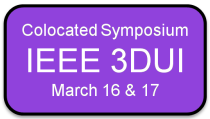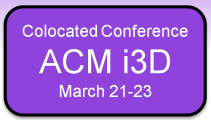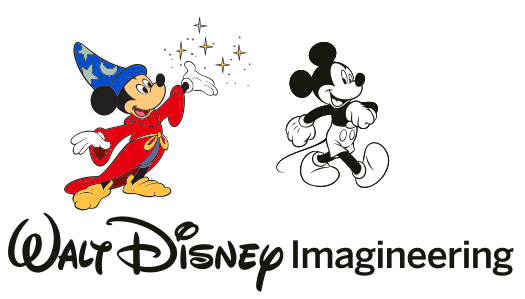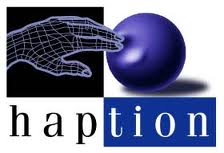- Home
- Program
- Presenter Info
- Call for Participation
- Venue
- Registration
- Committees
- Past Conferences
- IEEE 3DUI 2013
- ACM i3D 2013
Keynote Speakers
| Richard Satava (Monday 8:40am) |
Mark Mine (Tuesday 6:00pm) |
Jeremy Bailenson (Wednesday 4:00pm) |
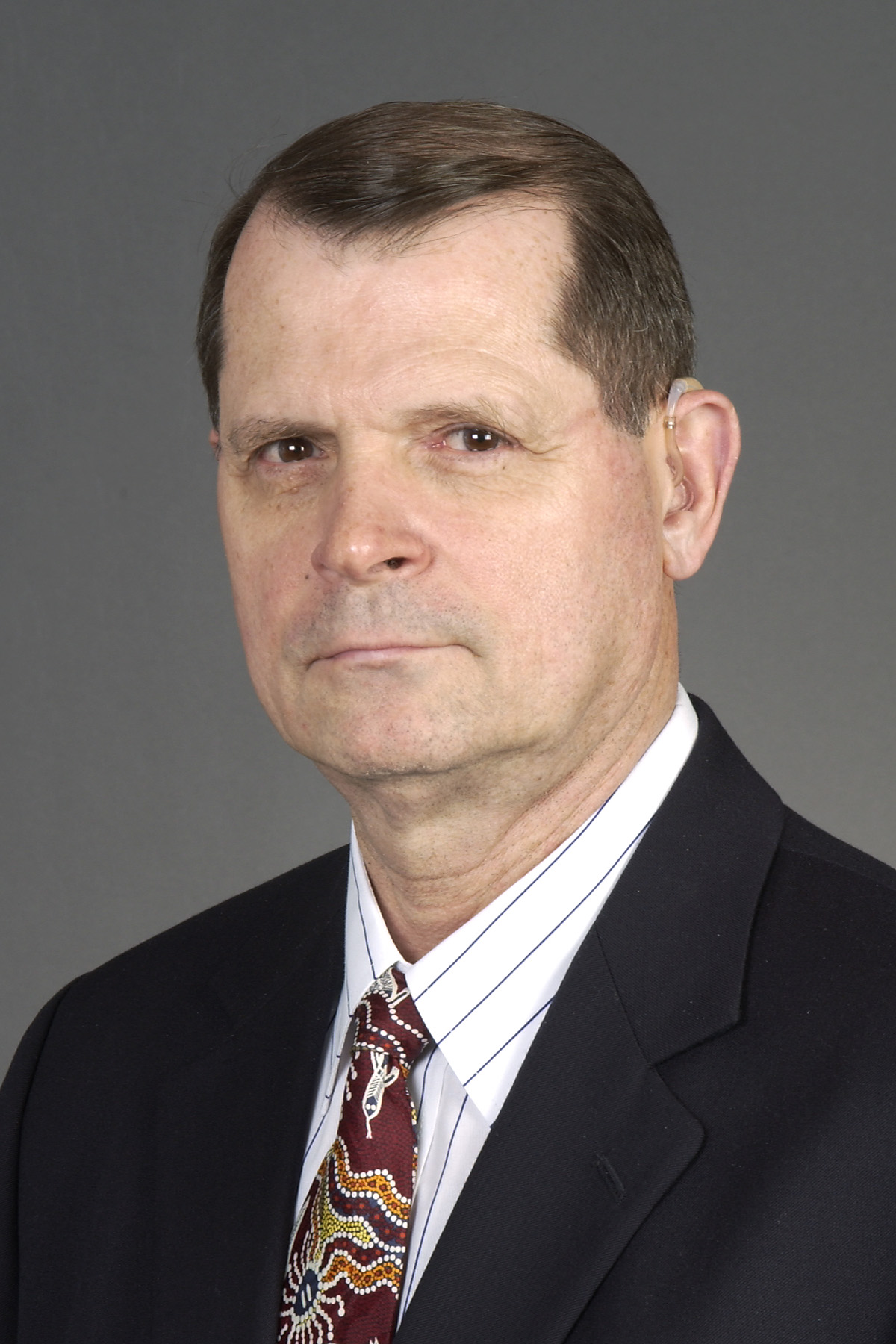
Richard Satava, MD
When: Monday, March 18th at 8:40am, Swan 1-3
Title: Virtual Reality: Current uses in medical simulation and future opportunities & medical technologies that VR can exploit in education and training
Abstract: Virtual reality has gone from research to educational tool to indispensable clinical application in patient care. A brief review of the current status of the use of VR in medicine will provide the springboard for the current gaps that provide future opportunities in simulation as well as an introduction to new advanced technologies that are revolutionizing medicine and which will require VR for educational and training support and clinical applications. Some topics for discussion are virtual patients, cadavers and autopsies, surgical rehearsal, robotic surgery, suspended animation, regeneration and tissue engineering. The challenge: how creatively can VR support these incredible new technologies? The grand challenge: how will 3-D stereolithography revolutionize the practice of medicine? Have you bought your Makerbot yet?
Bio: Richard Satava, MD, FACS, is Professor Emeritus of Surgery at the University of Washington Medical Center
Prior academic positions include Professor of Surgery at Yale University and a military appointment as Professor of Surgery (USUHS) in the Army Medical Corps assigned to General Surgery at Walter Reed Army Medical Center. Government positions included Program Manager of Advanced Biomedical Technology at the Defense Advanced Research Projects Agency (DARPA) and Senior Science Advisor at the US Army Medical Research and Materiel Command in Ft. Detrick, Maryland.
His undergraduate training was at Johns Hopkins University, Medical School at Hahnemann University of Philadelphia, Internship at the Cleveland Clinic, Surgical Residency at the Mayo Clinic, and a Fellowship with a Master of Surgical Research at Mayo Clinic.
He has served on the White House Office of Science and Technology Policy (OSTP) Committee on Health, Food and Safety. He has been a member of numerous committees of the American College of Surgeons (ACS), currently serving on the Committee on Emerging Surgical Technologies and Education (CESTE) and ACS-Accredited Education Institutes (ACS-AEI) and Alliance of Surgical Specialties for Education and Training (ASSET). He is a past president of the Society of American Gastrointestinal Endoscopic Surgeons (SAGES), the Society of Laparoendoscopic Surgeons (SLS) and the Society of Medical Innovation and Therapy (SMIT). He was on the Board of Governors of the National Board of Medical Examiners (NBME) and is currently on Board of a many surgical societies and on the editorial board of numerous surgical and scientific journals, and active in a number of surgical and engineering societies.
Dr. Satava has been continuously active in surgical education and surgical research, with more than 200 publications and book chapters in diverse areas of advanced surgical technology, including Surgery in the Space Environment, Video and 3-D imaging, Telepresence Surgery, Virtual Reality Surgical Simulation, and Objective Assessment of Surgical Competence and Training and the Moral and Ethical Impact of Advanced Medical Technologies.
During his 23 years of military surgery he has been an active flight surgeon, an Army astronaut candidate, MASH surgeon for the Grenada Invasion, and a hospital commander during Desert Storm, all the while continuing clinical surgical practice. Current research is focused on advanced technologies to formulate the architecture for the next generation of clinical Medicine, education and training.

Mark Mine, Ph.D
When: Tuesday, March 19th at 6:00pm, Swan 1-4
Title: Welcome to the Future! Technology and Innovation at Disney
Abstract: Jet packs, self-driving cars, universal translators, space tourism; many of the science fiction dreams of yesterday are on the verge of becoming realities of today and promise to transform the world of tomorrow. We have complex communicators/supercomputers in our pockets that would make Captain Kirk proud; robotic dogs that could play fetch with R2D2; and computers, though maybe not quite up to HAL 9000 standards, that can play a mean game of Jeopardy. (Still waiting for that flying car in every garage!) In a similar manner, advances in artificial intelligence, robotics, virtual and augmented realities, and mobile technology are transforming the world of Disney and its theme parks. In this talk I will give an overview of some of the exciting new advances in technology and innovation in Disney theme parks. I will discuss the technology being used both in front of guests and behind the scenes. I will include examples and videos from some of the newest Disney attractions, many of which can be found right next door to the conference. I will also discuss some of the work being done in the area of immersive design and review at Walt Disney Imagineering, in Glendale CA. Welcome to the future! It's a great big beautiful tomorrow!
Bio: Mark Mine is Director of Technical Concept Design at Walt Disney Imagineering and head of WDI's Creative Technology Group. The Creative Technology Groupís mission is to help Imagineering build better theme park rides and attractions through new ways to design, evaluate, and present concepts and ideas. The Creative Technology Group's expertise in virtual reality and computer graphics has been applied to many projects including the Finding Nemo Submarine Voyage, Toy Story Mania, and the new Radiator Springs Racers at Disney's California Adventure. Prior to working at Disney, Mark was a system engineer at NASA's Jet Propulsion Laboratory in Pasadena California working on the Voyager Missions to the outer planets. Mark has a Bachelor's degree in Aerospace Engineering from the University of Michigan, a Master's Degree in Computer Science and Electrical Engineering from the University of Southern California, and Master's and Ph.D. degrees from the University of North Carolina, Chapel Hill.
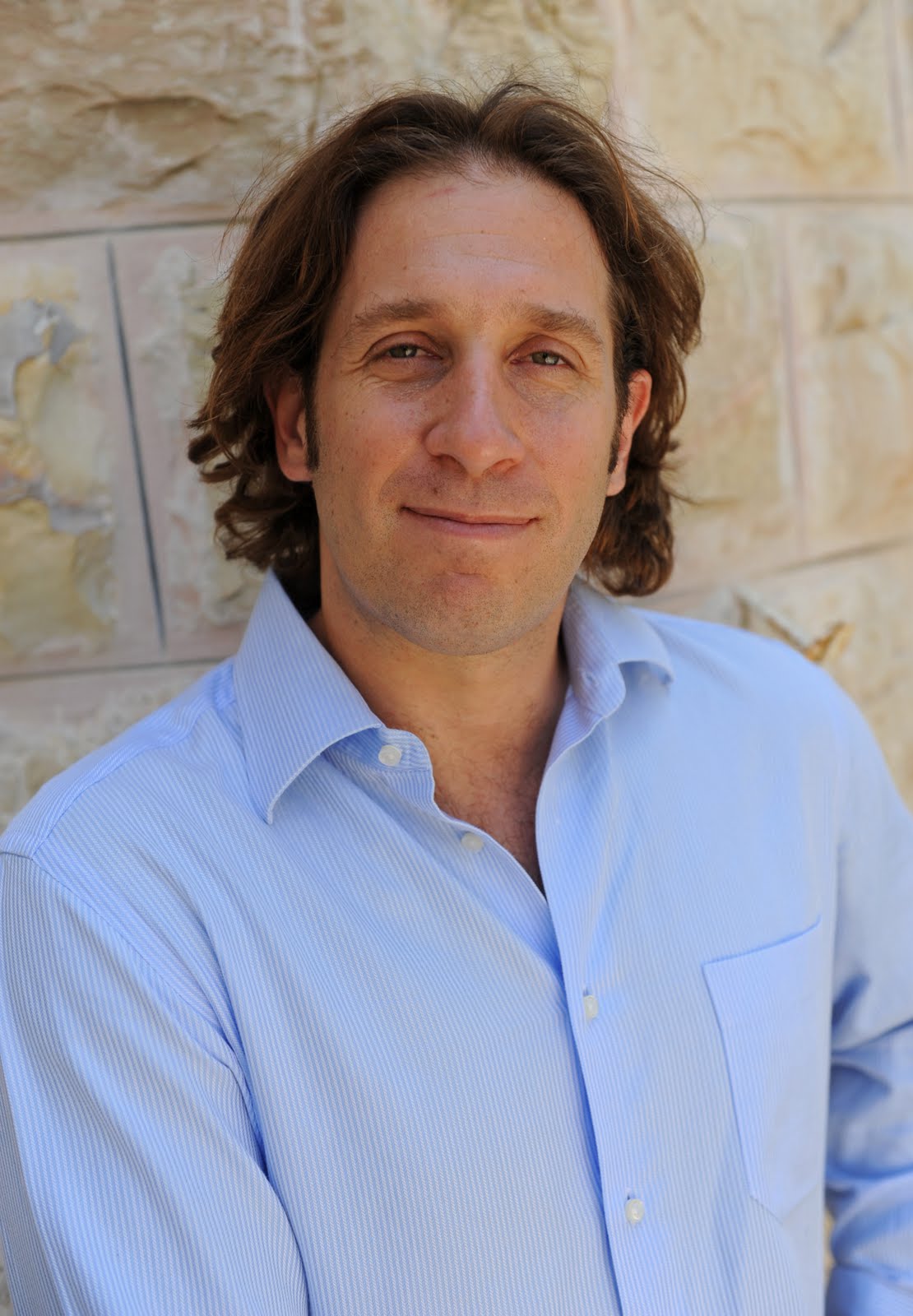
When: Wednesday, March 20th at 4:00pm, Swan 1-3
Jeremy Bailenson
Title: Infinite Reality: Avatars, Eternal Life, New Worlds, and the Dawn of the Virtual Revolution
Abstract: Cyberspace technology often grants us (or others) control over our self-representations. At the click of a button, one can alter our avatars' appearance and behavior. Indeed, in virtual reality we can often appear to others as ideal in stature and weight, what ever we want in terms of age and gender, and exhibit perfect form while surfing a forty foot wave. Centuries of philosophical discussion and decades of social science research has explored the concept of "the self", but in the digital age we are encountering identity-bending only imagined by science fiction authors. In this talk, I explore a research program that explores what William Gibson referred to as "the infinite plasticity" of digital identity. In particular, I address two research areas. The first, called The Proteus Effect, explores the consequences of choosing avatars whose /appearance/ differs from our own. Over forty years ago, social psychologists demonstrated self perception effects, for example wearing a black uniform causes more aggressive behavior. Similarly, as we choose our avatars online, do our avatars change us in turn? A series of studies explore how putting people in avatars of different attractiveness, height, and age alter not only behavior online but also subsequent actions in the physical world. The second area examines the consequences of choosing avatars whose /behavior/ differs from our own, specifically the phenomenon of seeing oneself in the third person performing an action one has never physically performed. Once a three-dimensional model resembling a specific person has been constructed, that model can be animated to perform any action fathomable to programmers. A series of studies examine how watching one's own self behave in novel manners affects memory, health behavior, and persuasion. I discuss related communication and psychological theories, as well as implications for citizens living in the digital age.
Bio: Jeremy Bailenson is founding director of Stanford University's Virtual Human Interaction Lab and an associate professor in the Department of Communication at Stanford. He earned a B.A. cum laude from the University of Michigan in 1994 and a Ph.D. in cognitive psychology from Northwestern University in 1999. After receiving his doctorate, he spent four years at the Research Center for Virtual Environments and Behavior at the University of California, Santa Barbara as a Post-Doctoral Fellow and then an Assistant Research Professor. Bailenson's main area of interest is the phenomenon of digital human representation, especially in the context of immersive virtual reality. He explores the manner in which people are able to represent themselves when the physical constraints of body and veridically-rendered behaviors are removed. Furthermore, he designs and studies collaborative virtual reality systems that allow physically remote individuals to meet in virtual space, and explores the manner in which these systems change the nature of verbal and nonverbal interaction. His findings have been published in over 70 academic papers in the fields of communication, computer science, education, law, political science, and psychology. His work has been consistently funded by the National Science Foundation for over a decade, and he also receives grants from various Silicon Valley and international corporations. Bailenson consults regularly for government agencies including the US Army and Air Force, the Department of Defense, the Department of Energy, the National Research Council, and the National Institute of Health on policy issues surrounding virtual reality. His book Infinite Reality, coauthored with Jim Blascovich, was recently quoted by the Supreme Court outlining the effects of immersive media.



